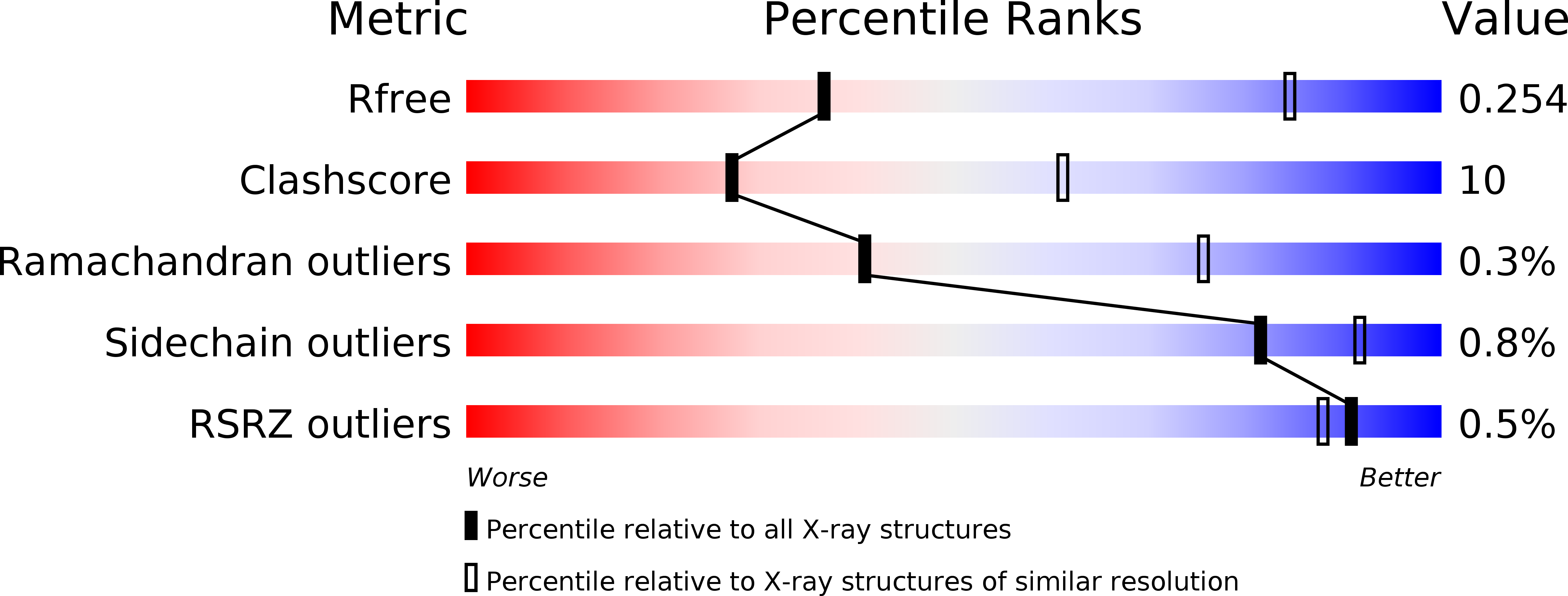
Deposition Date
2016-05-25
Release Date
2016-12-21
Last Version Date
2024-10-23
Entry Detail
PDB ID:
5L4E
Keywords:
Title:
X-ray structure of the 2-22' locally-closed mutant of GLIC in complex with thiopental
Biological Source:
Source Organism:
Gloeobacter (Taxon ID: 33071)
Host Organism:
Method Details:
Experimental Method:
Resolution:
3.50 Å
R-Value Free:
0.24
R-Value Work:
0.22
R-Value Observed:
0.22
Space Group:
C 1 2 1


